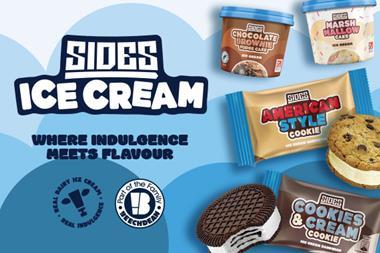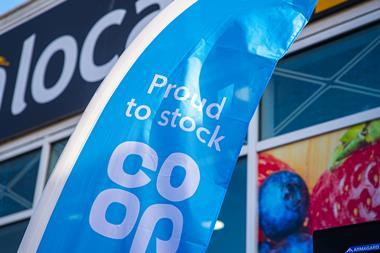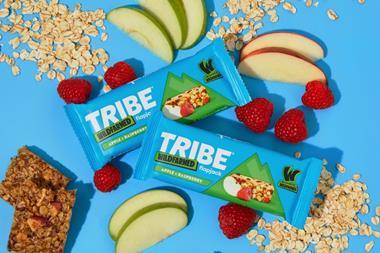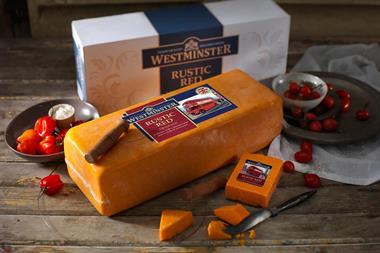First it announced plans to cut five billion calories from the UK’s daily food intake. Now the government wants to slash one billion units of alcohol from sale, The Grocer can reveal.
Health secretary Andrew Lansley is expected to set the target next month in the long-awaited alcohol strategy.
Speaking in the same week the first national TV ad campaign warning of the dangers of alcohol aired, public health minister Anne Milton confirmed that the government wanted a “significant” reduction in the units in alcoholic drinks.
The move has sparked fears that the government will try to hit the target through regulation rather than the voluntary agreements favoured in tackling obesity.
Ongoing talks about voluntary agreements had already reached breaking point, claimed industry sources. “The government wants a headline figure it can promote,” said one.
“Retailers are going to find themselves facing massive challenges across calories and alcohol - and one or two of the big ones are at the point of walking away and saying, ‘Go on, just legislate.’”
As well as the regulatory burden, the strategy would add to the tax burden, sources warned. The shadow of minimum pricing also looms large - despite the government previously resisting it and Milton declaring that it would be illegal.
“Scotland and Northern Ireland are bringing it in and that’s putting pressure on the government,” said a leading retail source. “Pricing is all the health lobby are screaming about.”
Other plans expected to be unveiled include the segregation of alcohol aisles, as in Scotland, and a ban on below-cost selling. While the BBPA supports a ban on below-cost selling, it argues that an incentivised system to reduce taxation on lower-strength products would be more effective.
The tough government stance comes despite awareness-raising initiatives such as the TV ad. This month, the supermarkets are also launching a campaign under the Responsibility Deal using posters and shelf-labels to educate consumers about alcohol units.
Brewers, meanwhile, have been moving to lower-abv beers, prompted by taxes on higher-alcohol beer and retailer reluctance to accept higher prices, as well as consumer demand and the health agenda. Carlsberg Export and Cobra recently followed AB InBev’s lead by reducing their abvs from 5% to 4.8%, for instance.
Retailers have also ramped up their lower-alcohol offerings.
How the industry is getting its act together on alcohol
Asda: Helped launch Responsibility Deal last March by pledging to remove alcohol from front of store. Lansley criticised others for failing to follow suit.
First Cape: In December, Brand Phoenix pledged to cut the abv of its First Cape full-strength red wines by roughly 0.8% and ramp up marketing of its 5.5% abv range.
AB InBev: In January, AB InBev said it was cutting the abv of its three biggest brands - Stella Artois, Budweiser and Beck’s - to 4.8% because of market trends.
Supermarkets: This week, Tesco, Sainsbury’s, Asda, Morrisons, Spar, The Co-op, M&S, Aldi, Waitrose, and Lidl unveiled a campaign to address confusion over units.



![XOXO-Product-Shot[ALL FLAVOUR]-Sky-1920x1080](https://dmrqkbkq8el9i.cloudfront.net/Pictures/274x183/4/9/2/355492_xoxoproductshotallflavoursky1920x1080_806584_crop.jpg)






![XOXO-Product-Shot[ALL FLAVOUR]-Sky-1920x1080](https://dmrqkbkq8el9i.cloudfront.net/Pictures/380x253/4/9/2/355492_xoxoproductshotallflavoursky1920x1080_806584_crop.jpg)




No comments yet